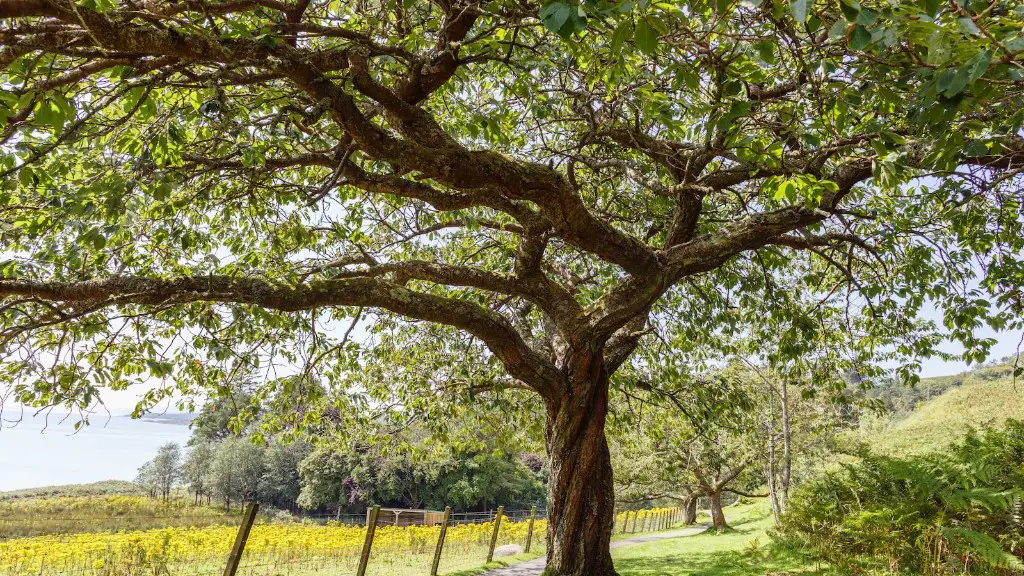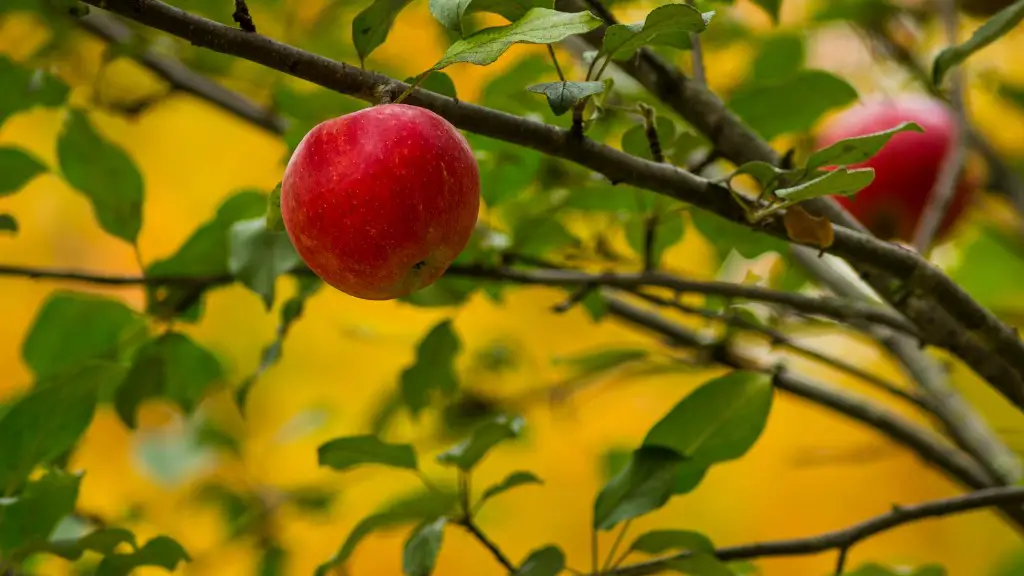Lemon trees are an excellent addition to any garden, providing fragrant fruits and a beautiful landscape. However, many people don’t realize that getting a lemon tree to actually bear fruit can be a tricky process. Here’s how you can ensure your lemon tree is successful and producing fruit of the highest quality.
Firstly, it’s important to choose the right type of lemon tree for your garden. There are two main types of lemon trees – sweet and sour – and selecting the correct variety is essential to ensuring a successful harvest. Generally, sweet lemon varieties are more productive and are better suited to most gardens. This is because they produce fruit more quickly and are more disease-resistant.
Next, you’ll need to make sure your lemon tree is in a good location. It should be planted in an area that receives full sun and has good air circulation. If planted in shade or a more humid location, the tree may struggle with fungal diseases and will be more susceptible to pests. Additionally, you’ll need to select a spot that has well-draining soil, as poor drainage can encourage root rot.
Watering your lemon tree correctly is also key to successful fruiting. During the growing season, from March to August, the tree should be watered deeply once per week. It’s best to water in the morning so that the leaves can dry out quickly, reducing the risk of fungal infections. The amount of water needed will depend on the soil type and temperature.
Fertilizing your lemon tree is also important. Organic fertilizers, such as compost and manure, are best. To promote fruiting, apply a slow-release low nitrogen fertilizer once in early spring and once in late summer. Avoid over-fertilizing as this can damage the roots and result in inedible fruit.
Finally, you’ll need to prune your lemon tree properly. Pruning encourages healthy growth and can help to increase the amount of fruit. Generally, most of the pruning should be done in the winter months, as this is when trees enter their dormant period. During this time, you should remove any dead, diseased, or damaged branches and thin out overcrowded areas. If the tree is overgrown, you can give it a more drastic reshaping.
Ensuring Good Pollination
In order for your lemon tree to bear fruit, you’ll also need to ensure that it’s well pollinated. Many types of lemon trees will self-pollinate, but some may require cross-pollination from other varieties. If your tree requires pollination, you can hand-pollinate by transferring the pollen from the anthers of one flower to the stigma of another flower with a cotton swab. Additionally, you can attract natural pollinators such as bees by planting other flowers nearby. However, if you do this, be sure to choose flowers that won’t cross-pollinate with the lemon tree.
Controlling Pests and Diseases
Pests and diseases can be a major problem for lemon trees and can quickly destroy a harvest. To prevent this from happening, it’s important to keep an eye out for early signs of an infestation. Generally, the most common pests are aphids and scale, which can be controlled with a targeted insecticide spray. If you notice any signs of disease, such as spots on the leaves or discoloration, treat the tree with a fungicide spray. If the problem persists, it’s best to consult a qualified arborist.
Harvesting the Lemons
Once your tree has fruiting lemons, it’s time to harvest them. Generally, the best time to harvest is when the lemons are still slightly green, as they tend to be juicier and sweeter. Wait until the lemon is large and firm, then cut it off the branch with a small pair of pruning shears. Be sure to pick up any fallen fruit as quickly as possible to prevent rotting.
Preserving the Lemons
If you don’t want to use the lemons straight away, you can preserve them for later use. Lemons can be frozen, preserved in salt or sugar, or made into a cordial or syrup. Additionally, lemon zest or juice can be frozen and added to dishes such as baked goods, curries, and salads. You can also use the zest or juice to make a variety of pickles, chutneys, spreads, or sauces. Finally, dried lemon slices can be used for cooking or for making decorations.
Maximizing Your Tree’s Potential
Taking care of your lemon tree is essential if you want to maximize its potential. Be sure to keep it well watered and fertilized, prune it correctly, and control any pests or diseases that may arise. Additionally, pollinate the tree if necessary and harvest the lemons as they become ripe. If done correctly, you’ll be rewarded with a delicious and abundant harvest of juicy lemons.


